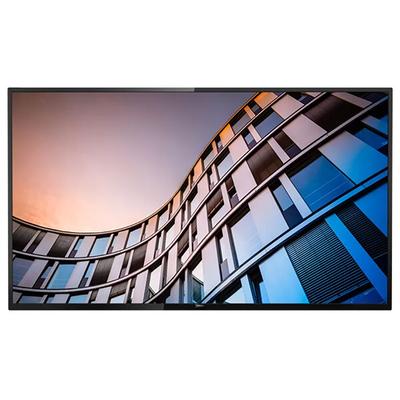Tech specs to know about your DSLR

Understanding the basics: Professional cameras comprise of several different components including your camera body, the lens and external accessories. All these components together enhance the quality of the image. Professional grade DSLR’s (Digital Single Lens Reflex) normally have 16 mega pixel sensors, offering full frame capture. Full frame CMOS (Complementary Metal Oxide Semiconductor) sensors allow you to capture images in the best possible resolution, which also determines the size of the image.
Shutter Speed, Aperture and ISO: The three main elements which determine the duration for which the sensor is exposed, brightness and exposure levels and what is the light sensitivity of the image. In short, the shutter speed controls the time for which the shutter remains open to capture an image. Fast moving objects require a higher shutter speed when compared to taking stills. The aperture controls the amount of light which enters through the lens, ultimately determining the exposure levels of the picture taken. An over or underexposed image is the result of improper aperture settings. ISO determines the light sensitivity levels of the sensor, some areas in the image may be subject to higher exposure levels which make them brighter compared to the rest of the image. The quality of the final image taken is determined by adjusting all three parameters.
Different types of lenses: Professional grade camera’s support interchangeable lenses for the best possible use. Basic lens kit includes prime and zoom lens. For capturing a wide background or more detail in the image, prime lens should be used. To focus on objects at a distance and take images with precision, zoom lens is used. Lenses differ per the subject to be captured, which again is combined with the shutter speed, aperture settings and light sensitivity to determine the final quality of the image.
Manual zoom and focus: One of the main reasons why professional grade cameras stand out from their normal digital counterparts. Consumer grade cameras have digital zoom, which compromises the quality and pixelates the image. DSLR cameras have multiple lens elements which allow a much more flawless zoom in and out, without compromising the image quality thus giving a much sharper focus. Manual focus allows you to compose your shots with creativity using blur in the foreground and background, with a sharp focus on the subject.
Recent Articles
Recent Questions
What kind of life insurance builds cash value?
The rest of the premium payment will go toward your policy's cash value. The life insurance company generally invests this money in a conservative-yield investment. As you continue to pay premiums on the policy and earn more interest, the cash value grows over the years.
What is meant by insurance plans?
An insurance plan is the one that consists of a premium amount and other components used in getting a product insured. There may be various types of insurance plans with varying terms and policies.
What are the common components of insurance?
The most important components of most insurance plans are the premium and the contract. Anything written in the contract becomes its crucial component.
What are the various types of insurance policies?
There are various kinds on insurance policies that are available on various assets. Auto, health, commercial vehicle, and travel insurance are some of the popular types of insurance policies.








